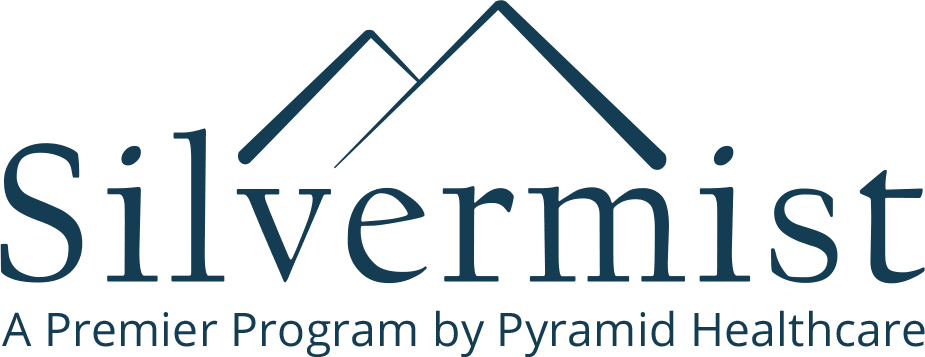
Cross addictions definition
A cross addiction is not a co-occurring disorder, or mixing two substances together. A cross addiction is the development of addictive behaviors towards something in order to replace a previous addiction. A cross addiction, sometimes called addiction transfer, typically develops while a person is receiving treatment, and may even happen unconsciously.
A person who is healing from substance use disorder will experience a significant change in lifestyle. Sobriety is always better than addiction, but leaving behind drugs or alcohol can leave a big gap in someone’s life. All of the time, mental energy and money that was devoted to fueling an addiction can leave a person feeling empty, restless, and poised to partake in other unhealthy habits.
The pattern of a cross addiction is familiar to someone who is recovering from a substance use disorder. When a pleasurable activity is enjoyed, the brain desires to enjoy the behavior again. As a person indulges in the behavior again, it soon becomes a habit because the dopamine released in the brain in response to pleasure reinforces the continued behavior.
While substances like opioids are surely more chemically addictive than other replacement behaviors tend to be, any activity that leads to harmful patterns or disrupts daily life should be stopped in its tracks.
Cross addictions statistics
There is a small body of research on cross addictions, but some studies on addiction suggest that individuals who experience a substance use disorder are more prone to develop another behavior addiction than the general population.
Addiction statistics are staggering, and may indicate high levels of cross addiction. According to the National Survey on Drug Use and Health, an estimated 20 million people face a substance use disorder. Although there is little research in the area of cross addictions statistics, many individuals and clinicians cite anecdotal evidence and highlight the activation of the brain’s rewards center as the focal point of this phenomena.
Common cross addictions
Cross addictions may be other illicit substances, but they may also be other activities and things like shopping or eating. Here are some of the most common cross addictions to watch out for.
Drugs
A cross addiction can form to other drugs, too. A study from the University of Michigan found that individuals who previously struggled with alcohol use disorder were 18 times more likely to abuse prescription drugs later on. Addiction to pain medication is a common replacement habit for past substance use that involved illicit drugs.
Sex
Pursuing numerous sexual partners or partaking in risky sexual behavior is a common, but rarely discussed cross addiction. In these cases, a person will transfer their desire for a “high” onto another person, and engage in sex in order to feel the enjoyment or euphoria that used to be accessed through substance use. A sex addiction will continue compulsively, despite natural consequences like poor relationships, sexually transmitted diseases and so forth.
Food
Everyone has overeaten at some point, and has certain favorites for indulging. When a person is in recovery for substance use, food can unfortunately become a crutch or a replacement behavior. It’s common for people to eat in excess or eat unhealthy food each time they previously would have sought out substances. You may have heard of people who reach for a candy bar each time they feel the urge to smoke, for example.
Re-establishing a nutritious diet is an important part of recovery. It’s important to use self-awareness and moderation to manage caloric intake and ensure that the void left by a substance use addiction doesn’t result in overeating.
Exercise
Working out releases a surge of dopamine. According to the Harvard Medical School, exercise is not only good for your body, but it can improve memory, reduce stress and anxiety and improve sleep. While a certain level of exercise is definitely advisable, excessive exercise can become a replacement behavior for substance use and devolve into a serious health issue.
Overtraining can lead to injuries like muscle strains and stress fractures, compulsive exercising and dieting, eating disorders, body image issues and fatigue. Working out too often does not create a sustainable balance in life.
Pornography
According to PornAddiction.com, an estimated five to eight percent of the population is addicted to porn, watching at least 11 to 12 hours every week. Cross addiction statistics as it relates to pornography are not widely available due to the controversial and personal nature of the subject, but this often hidden behavior is extremely common for those in recovery to resort to.
Excessive pornography consumption can lead to relationship issues, decreased interest in sex, anger, distractibility and so on. Individuals who seek out pornography to escape the difficulty of recovery or manage emotions may find other issues start to spiral.
Other behavioral addictions, such as online video gaming, spending, and gambling are all serious issues to confront as your pursue recovery. These habits are preferable to a substance use disorders, but will cause havoc of their own. You deserve to be free of these behaviors.
Finding whole-person treatment
The journey of substance use recovery is fraught with difficulty. It’s common to experience setbacks, and if you’ve noticed that you’ve developed a cross addiction or feel that you’re susceptible to one, it’s time to find treatment that addresses the whole person.
Find healing from substance use without creating bad habits in the process. Experience a sense of belonging and personalized care when you receive treatment at Silvermist Recovery. Call today to learn more.
